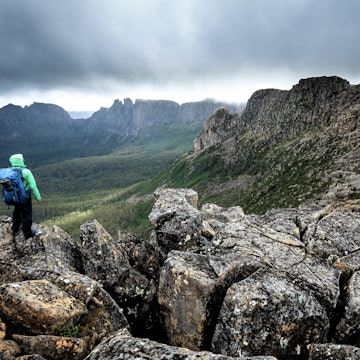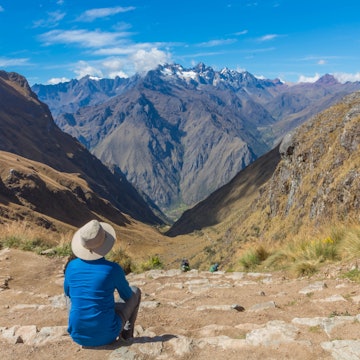

Get some background on Peru's culture, customs and practicalities for travel before you visit. Christian Vinces/Shutterstock
From jaguar-filled jungles and lost cities in the Andes to a desert transformed into an art gallery by the Nazca lines, Peru is a land of astonishing diversity, offering countless adventures and cultural experiences for intrepid travelers.
It also serves up plenty of head-scratching and headache-inducing moments for new arrivals unfamiliar with its culture and customs.
Whether you plan to stay put in Lima, Peru's cultured capital, or complete a circuit of Peru's bucket list sights, you'll have an easier trip if you seek out some insights into the local way of doing things before you come. Here are some of the top things to know before traveling to Peru.
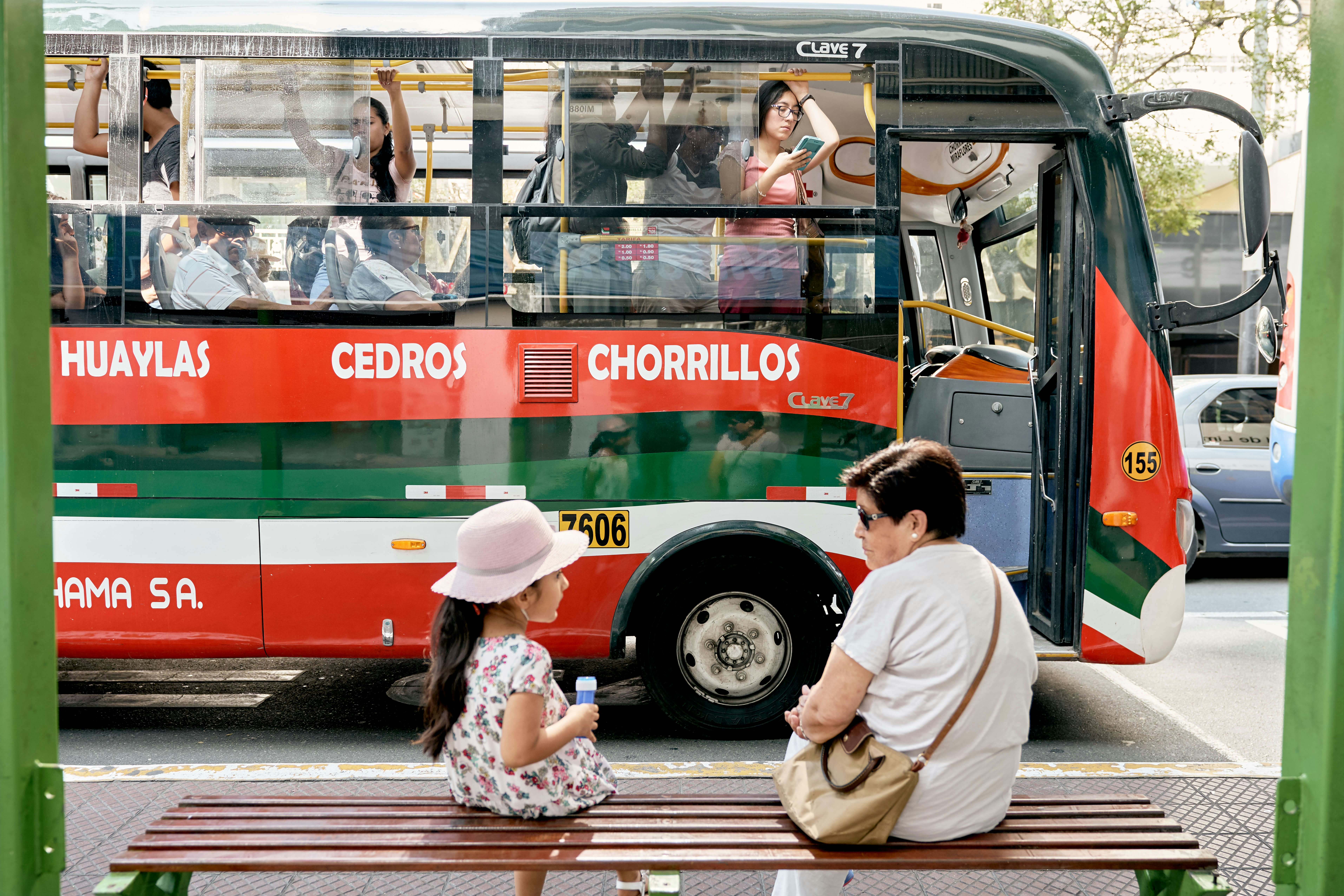
1. Peru’s only international airport is in Lima
With ongoing delays to the opening of the new Chinchero Airport near Cuzco, all international air passengers to Peru currently start their trip at Lima's Jorge Chávez International Airport.
This means your first experience after landing will be navigating the trip to the neighborhoods of San Isidro, Miraflores or Barranco – the three districts that make up the capital’s tourist-friendly trifecta.
The drive to town normally takes around 40 minutes outside of rush hour, but you need to be a little cautious about getting around in Lima.
Don’t try to pick up a taxi outside arrivals or from the chaotic street beyond the airport limits; instead, use one of the authorized companies with booking desks just after customs. For travelers on a budget, the safest low-cost option is the Airport Express Lima bus (with transfers to and from Miraflores only).
2. The shoulder months are the best time to visit Cuzco
When visiting Peru, heed the climate. The Cuzco region has two key seasons – the rainy season from November to April, and the dry season from May to October.
When the rainy season is in full flow, areas such as the idyllic Sacred Valley become lush with native crops and tourism is comparatively low, making this a rewarding time to come.
However, the wet weather can also cause some difficulties for travel between January and March – roads can be blocked in the highlands, and this can be difficult, and even dangerous, time to embark on big hikes.
The dry months are ideal for trekking and most adventure sports – though this directly correlates with the busiest months for tourism. So when is the best time to visit Cuzco? Aim for the shoulder season months, just before the rains arrive in October, or at the tail end of the wet season in May.
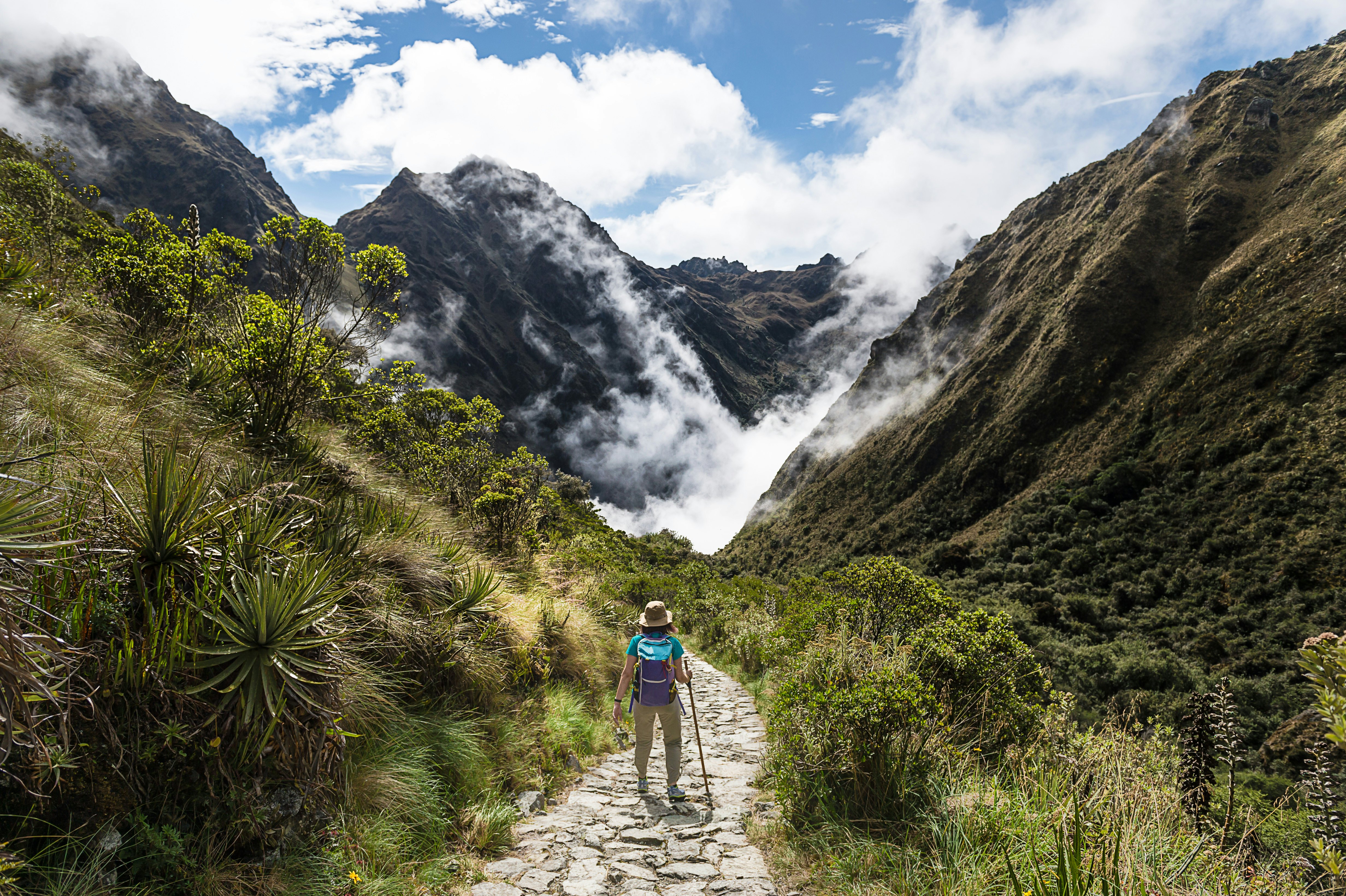
3. Book well in advance for Machu Picchu, Huayna Picchu and the Inca Trail
Is it possible to snag last-minute tickets for Machu Picchu? Sure, it can happen – but as visitor numbers are limited to 2500 per day and this is Peru’s most popular tourist attraction, it doesn't make sense to risk it.
Purchase your entry ticket at least one month in advance via the official portal or through an approved travel agency, especially if you plan to visit this UNESCO World Heritage site between June and August – the busiest months for international visitors.
While you're at it, consider adding on a trip to Huayna Picchu, the tall peak that appears behind the citadel in all those classic Machu Picchu photos.
Only 200 visitors a day are permitted to undertake the steep, hour-long ascent for a privileged bird’s eye view of the archaeological site.
Cuzco's dry months are also the high season for one of Peru’s most epic hikes, the four-day Inca Trail from Pisacucho near Cuzco to Machu Picchu.
This trek requires a permit that can only be purchased through an organized tour agency. Keep in mind the trail closes every February for maintenance.
4. In Peru, just one cheek kiss will do to say hello or goodbye
For some travelers, Peru’s default salutation can feel too close for comfort. Others – we're looking at you, French and Italians – will see it as half-finished.
When meeting or greeting someone of the opposite sex (or when two women are meeting), Peruvians will usually offer an air kiss on one side of the face.
Call it a lingering effect of machismo culture, but men typically greet each other with a simple handshake and hug.
Don't try to enter or leave a party without greeting everyone there, be it with a hug or an air kiss, as this could be taken as disrespectful.
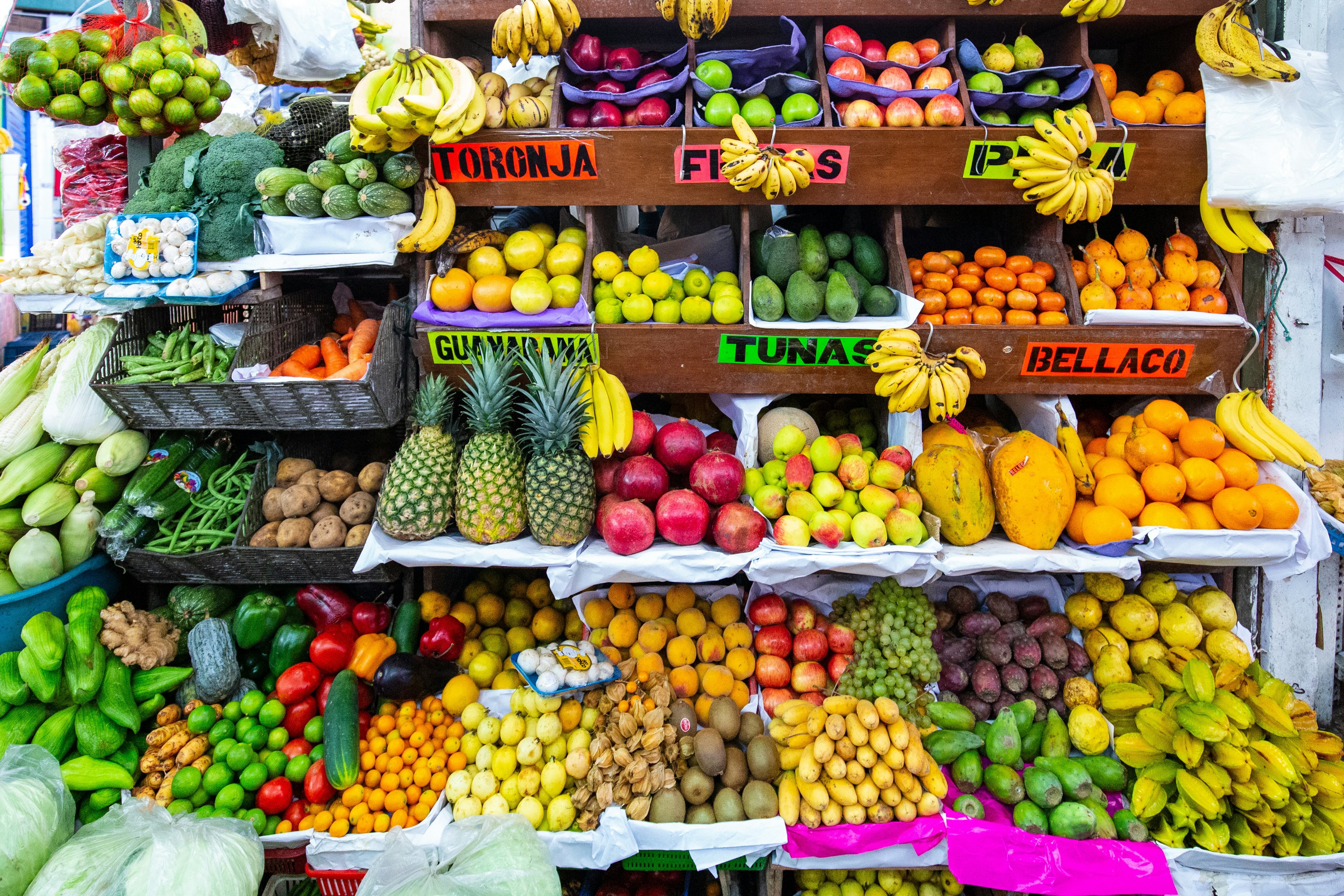
5. Keep cash handy, especially outside of major tourist zones
Credit cards and even payment applications are quite widely accepted in bustling cities such as Lima and Cuzco, but you'll want to keep some local currency (sol) on hand at all times for small purchases, and for travel outside these urban hubs.
Be sure to make time for a visit to one of Peru's open-air markets, such as the public market in Lima's Surquillo neighborhood or the San Pedro market in Cuzco, where vendors almost always prefer cash.
While at the market, pick up a small purse or wallet for small bills and coins, as public transportation and restrooms run on pocket change.
When visiting towns outside of the typical tourist circuit – think Tumbes in the north or Ayacucho in south-central Peru – having cash on hand is a must.
6. Tipping may not be a local custom, but that doesn’t mean you shouldn’t
When it comes to dining out in Peru, there is no standard rule for tipping. Many locals do not tip, but Peru’s tipping culture (or lack thereof) should be seen an exception to the rule of “do as the locals do.”
Many service staff are poorly paid, so consider leaving your waiter, barista or hostess a tip that seems appropriate to you.

7. No, your watch doesn’t need to be reset, it’s just the "hora Peruana"
The phrase la hora Peruana (Peruvian time) refers to the idea that Peruvians have a habit of arriving late – and not just 15 minutes late but upwards of an hour late.
And there's some truth to it; new residents quickly get used to landlords, friends and coworkers who say they’ll be there in the morning but only arrive after lunch.
Of course, la hora Peruana is a stereotype, but it’s best to be prepared in case someone you made plans to meet doesn’t show up on the dot, or indeed anywhere close to it.
8. Keep spare toilet paper in your pocket – but never flush it
Public restrooms in Peru have an unenviable reputation among travelers. From seatless toilets to humble holes in the ground, we’ve seen it all, but these squeamish moments are nothing you can’t survive.
Public restrooms usually aren’t stocked with toilet paper, so keep a travel-size roll in your day bag, or be prepared to pay 50 cents for a few squares upon entry.
And always toss used toilet paper in the wastebasket rather than flushing, as it can block the pipes.

9. Eat and drink with your gut health in mind
Peru likely became your destination of choice partly because of the reputation of – and worldwide recognition for – its gastronomic scene.
Your senses will be tantalized by the unique kick of ají pepper on a plate of ceviche, the sounds of sizzling suri (palm-weevil larvae) or the pink froth topping a glass of frutillada (traditional chicha, or fermented corn beer, blended with strawberries) – all classic street-food items, depending on which region of Peru you’re visiting.
When it comes to eating street food – and especially drinking unpackaged drinks – there’s always a risk of “travelers’ stomach.” Peru does not have clean tap water and eating at street stalls brings a higher risk of catching a bug.
If in doubt, play it safe and wait until you get to a recommended restaurant to try that dish you’ve been eyeing on the streets.

10. Take a full day (if not two) to acclimatize before any high-altitude activity
No matter how much physical activity you've clocked up at sea level before your trip, arriving into a high-altitude destination like Cuzco – perched at 3399m (11,152ft) above sea level – can be a shock to the system.
Don't let dizziness, nausea and other symptoms of soroche (altitude sickness) keep you from bucket-list hikes, such as the ascent to Vinicunca, better known as Rainbow Mountain, set at a breathless 5200m (17,060ft).
Acute Mountain Sickness (AMS) can be deadly, so take precautions. When planning your trip, set aside a day or two to get used to the elevation before starting any physically demanding activity.
When trekking, ascend slowly, take regular rest days, stay hydrated and avoid rich foods and alcohol.
Medicines are available to reduce mild symptoms – and local remedies, such as muña tea and coca leaves, can also help – but the best way to prevent AMS is to give your body time to acclimatize.

Plan with a local
Experience the real PeruLet a local expert craft your dream trip.












